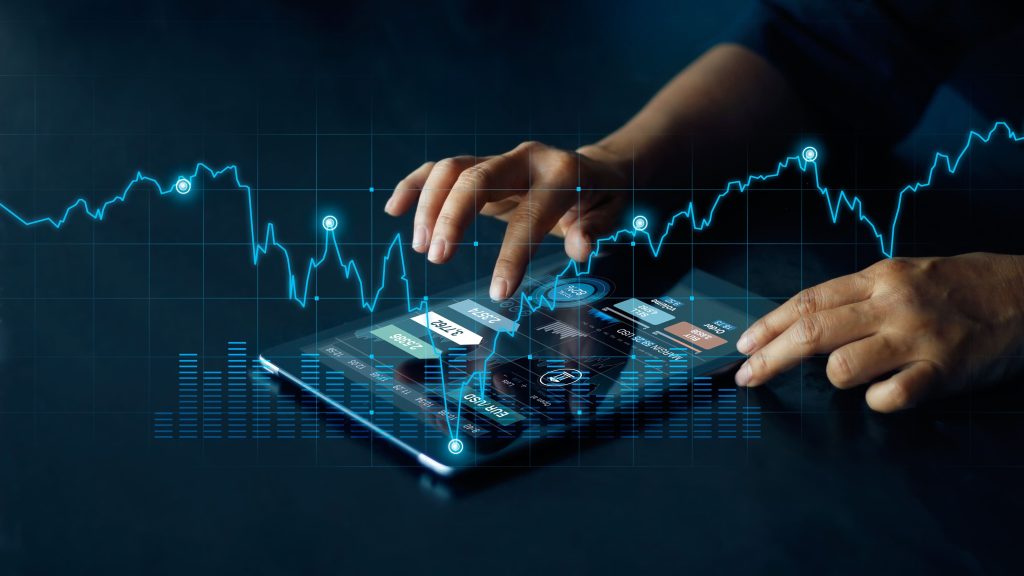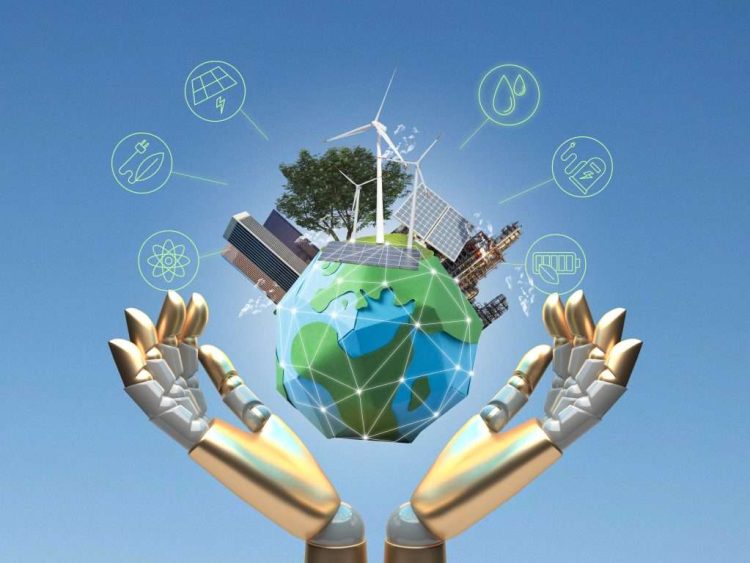Introduction
In 2023, an artificial intelligence art program produced tens of thousands of digital artworks in just a few days, sparking fierce debates in the art world. Was this a triumph of creativity or a threat to human artists? This dilemma is not new. From the discovery of nuclear power to the mapping of the human genome, technological breakthroughs have always carried both promise and peril.
Technology is a double-edged sword. It can fuel economic growth, extend human lifespans, and connect societies, yet it can also exacerbate inequality, threaten privacy, and destabilize global security. This article explores the opportunities and risks of technological development, examines ethical dilemmas across sectors, and proposes pathways to balance advancement with responsibility.
Part I: The Rewards of Progress
Economic Growth and Productivity
Technology has long been a driver of economic expansion. Automation reduces production costs, while digital platforms open new markets. The digital economy—comprising e-commerce, fintech, and the gig economy—has created millions of jobs and new forms of entrepreneurship. Emerging technologies like AI and robotics are expected to contribute trillions to global GDP in the coming decades.
Social Convenience and Quality of Life
Smart cities powered by sensors, algorithms, and the Internet of Things (IoT) make urban life more efficient. Smart traffic systems reduce congestion, while connected devices optimize energy consumption. In healthcare, innovations such as telemedicine and wearable technologies allow real-time monitoring of vital signs, enabling faster responses to health issues.
Global Interconnection
The internet has collapsed geographic distances, making cultural exchange and international collaboration easier than ever. Platforms for virtual learning and remote work became essential during the COVID-19 pandemic, demonstrating technology’s role as a lifeline during crises.
Part II: The Shadows of Technology
Displacement of Jobs and Rising Inequality
While technology creates opportunities, it also disrupts labor markets. Millions of low- and medium-skilled jobs—especially in manufacturing, transportation, and administrative services—are vulnerable to automation. The gains from innovation often accrue to highly skilled workers and technology firms, widening the gap between rich and poor.
Privacy Erosion and Surveillance
Data has become the “new oil.” Governments and corporations collect vast amounts of personal information, sometimes without consent. Facial recognition systems track citizens in public spaces, while social media platforms harvest behavioral data for targeted advertising. The trade-off between convenience and surveillance poses difficult questions for democratic societies.
Security Risks and Militarization
Technologies initially designed for civilian purposes often find military applications. Autonomous drones, cyberweapons, and AI-powered defense systems are transforming warfare. The proliferation of such technologies raises the risk of arms races and escalations. Additionally, cyberattacks on infrastructure, hospitals, and financial institutions reveal the vulnerabilities of hyperconnected societies.
Part III: Ethical Frontiers
Artificial Intelligence and Algorithmic Bias
AI systems are only as objective as the data that trains them. When biased datasets are used, algorithms may reinforce discrimination in hiring, policing, or lending practices. Ethical AI requires transparency, accountability, and continuous monitoring to prevent systemic injustices.
Biotechnology and the Question of Life
Gene editing technologies like CRISPR hold the potential to cure hereditary diseases and improve food security. Yet they also spark fears about “designer babies,” ecological disruptions, and blurred boundaries between natural and artificial life. The ethical frontier of biotechnology forces humanity to confront fundamental questions about the sanctity of life.
Environmental Trade-offs
While technology enables clean energy and sustainable practices, it also generates significant environmental costs. Cryptocurrency mining consumes massive amounts of energy, and e-waste from electronic devices continues to pile up. Without sustainable design and recycling systems, technological progress may undermine ecological stability.

Part IV: Governance and Responsibility
Global Governance Mechanisms
Technology transcends national borders, but regulation often remains national or regional. Efforts to create international agreements—similar to the Paris Climate Accord—are needed in fields such as AI governance, biotechnology ethics, and cybersecurity norms. Multilateral institutions can play a key role in fostering trust and setting global standards.
National Policy Frameworks
Governments must balance innovation with regulation. Strong data protection laws, like the EU’s General Data Protection Regulation (GDPR), set precedents for safeguarding privacy. Investments in green technology, research funding, and workforce retraining programs are also essential to ensure inclusive benefits from technological change.
Role of Civil Society and Public Debate
Non-governmental organizations (NGOs), academia, and the media are crucial in exposing risks and holding corporations accountable. Public engagement in ethical debates ensures that technology development aligns with societal values, not just market interests. Citizens must be empowered to understand and influence technological trajectories.
Part V: The Path to Balance
Human-Centered Innovation
Technology should be designed with humanity’s needs at its core. This means prioritizing accessibility, inclusivity, and fairness. AI should augment human potential rather than replace it, and biotechnology should focus on health and sustainability rather than enhancement for the privileged few.
Interdisciplinary Collaboration
Balancing progress with responsibility requires the collaboration of scientists, ethicists, policymakers, and communities. Legal frameworks must integrate ethical insights, while technologists should engage with social scientists to understand the broader impacts of their innovations.
Responsible Innovation Frameworks
Innovation should not only focus on outcomes but also on processes. Incorporating ethical impact assessments, transparent reporting, and sustainability audits during development ensures that technologies align with long-term human and environmental goals.
Conclusion
Technology is a double-edged sword. It has the power to accelerate prosperity, improve health, and foster global unity. Yet it also poses profound risks of inequality, surveillance, and ecological harm. The challenge for humanity is not whether to embrace innovation but how to guide it responsibly.
Balancing advancement with ethical responsibility requires global cooperation, interdisciplinary governance, and a commitment to placing human dignity and sustainability at the center of technological progress. The choices we make today will determine whether technology remains a tool for collective flourishing or becomes a source of division and harm.
In navigating this delicate balance, humanity holds the pen that writes the next chapter of civilization.
















































